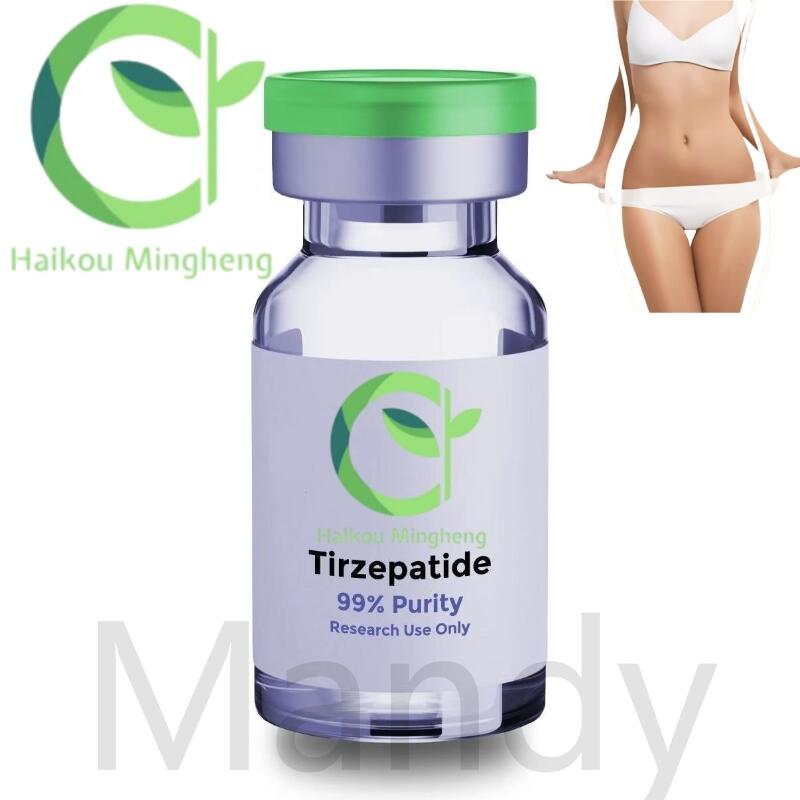Food & function: a new type of inhibitory peptide or glycosuria
-
Last Update: 2019-08-08
-
Source: Internet
-
Author: User
Search more information of high quality chemicals, good prices and reliable suppliers, visit
www.echemi.com
"The new inhibitory peptide iadhfl may be an effective method for the treatment of type 2 diabetes in the future." According to a scientific paper published by Luo Yongkang, Professor of China Agricultural University, in the international top academic journal Food & function, entitled "iadhfl inhibits the activity and expression of DPP-IV in Caco-2 cells and helps INS-1 cells release insulin in vitro evaluation" The findings of this study provide a new way for the treatment of type 2 diabetes, and greatly expand the research direction of diabetes treatment Once published, this paper has aroused extensive attention of many authoritative experts in the field of life medicine at home and abroad Food & function magazine cover As the world's top 5 journal in the field of global food science, food & function is published by the Royal Society of chemistry, SCI impact factor is 3.247, which mainly publishes the best original research papers, reviews, and new theoretical and technological research papers on food research and health functions, providing the most professional and authoritative internal publishing platform for the world's top physicists, chemists, biologists, and nutritionists In this journal, China Agricultural University published the in vitro evaluation of iadhfl inhibiting DPP-IV activity and expression in Caco-2 cells and assisting INS-1 cells to release insulin, which not only represents the academic contribution of China's food and nutrition community in the field of life science, but also provides a way to solve the world-wide problem of diabetes, and once again expands the peptide's application in the field of medicine Theoretical and applied research is of great significance and universal value Iadhfl inhibits DPP-IV activity and expression in Caco-2 cells and assists INS-1 cells to release insulin in vitro As everyone knows, diabetes and cancer and cardiovascular diseases are also known as the three killer in the world Incidence rate is high, and the age of onset is getting younger Among them, diabetes can be divided into two types: type 1 and type 2 Type 2 diabetes is also known as adult onset diabetes, which mostly occurs after the age of 35-40, accounting for more than 90% of diabetic patients At present, in the research field of diabetes in the world, it is mainly focused on how to inhibit the activity of DPP-IV, which is the key to treat T2D DPP-IV is a ubiquitous enzyme in human body, which plays an important role in the development of T2D After eating, it can inactivate glucagon like peptide 1 (GLP-1) and insulin stimulating peptide (GIP) These hormones can control the concentration of postprandial blood glucose in vivo Therefore, reducing or inhibiting DPP-IV activity should be an important method to treat T2D Experimental model This time, the research team of China Agricultural University successfully identified an effective DPP-IV inhibitory peptide, iadhfl, from the hydrolysate of Bighead Carp by establishing an experimental model Before studying the phenomenon in vitro, the researchers used monolayer cell model to evaluate the permeability of iadhfl in intestine and its transport mechanism After treatment with iadhfl, the activity of DPP-IV and its genes and proteins in Caco-2 cells were evaluated Whether iadhfl is involved in stimulating pancreatic cells to increase insulin secretion was studied by direct and double-layer treatment The potential genes involved in insulin secretion pathway (INS-1) expression level of pancreatic β cells were listed The results showed that iadhfl could regulate insulin secretion and T2D related gene expression in INS-1 cells A hundred years of history, a hundred years of development As one of the greatest discoveries in the field of life science in modern history, the development and application of bioactive peptides have gone through a hundred years Over the past century, thanks to the intensive research of scientists from all over the world, the field of bioactive peptides has achieved rich scientific research results, and its industrial application has gradually expanded to medical, beauty, health care, food and other fields, and has made great contributions to human health In the future, with the development of public health needs, polypeptide as a new type of biomedical species, related theories and application research will be more abundant At the same time, or more polypeptide protein drugs will be developed and applied to public health, for the benefit of mankind!
This article is an English version of an article which is originally in the Chinese language on echemi.com and is provided for information purposes only.
This website makes no representation or warranty of any kind, either expressed or implied, as to the accuracy, completeness ownership or reliability of
the article or any translations thereof. If you have any concerns or complaints relating to the article, please send an email, providing a detailed
description of the concern or complaint, to
service@echemi.com. A staff member will contact you within 5 working days. Once verified, infringing content
will be removed immediately.







